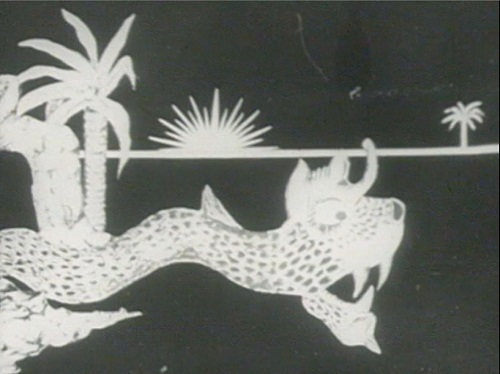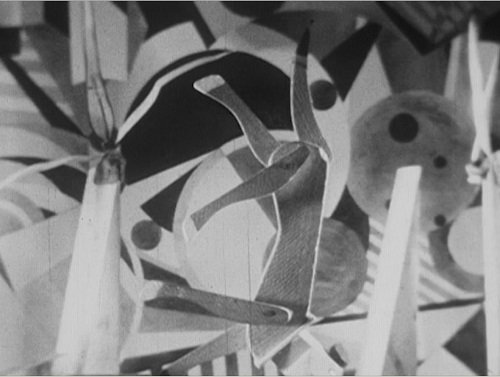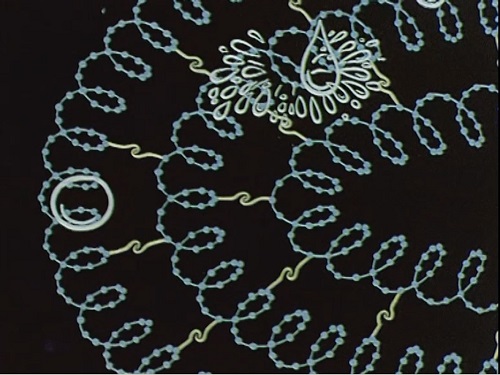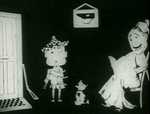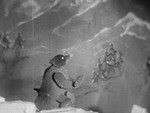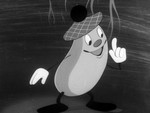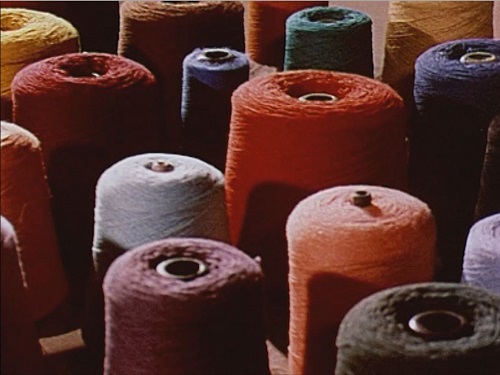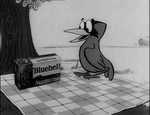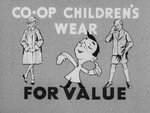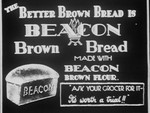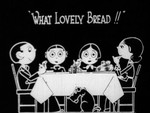Animation - First and Second Levels
- Introduction
- Lesson
- Film Clips
- Print All
Introduction
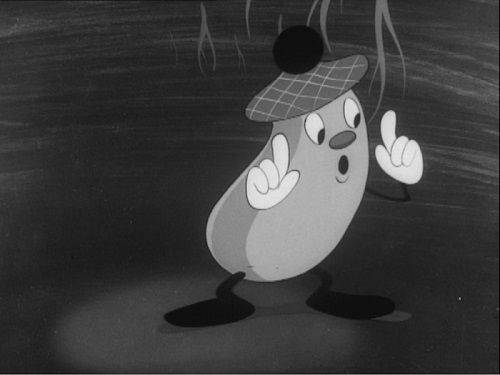
This lesson guide is about Scottish animation from around 1916 up to the 1960s.
You will learn about the history of animation techniques and how animations were used in the past. You will be able to explore different styles of animation used in the 20th century and see how animation has been used to entertain, educate and inform audiences. The resource also acknowledges how animation has been used to encourage harmful cultural and racial stereotypes.
Note for teachers:
These films have been selected to accompany the learning journey 'Animation' (see file below). The downloadable learning journey connects with different areas of the Curriculum for Excellence (First and Second Levels) with particular relevance to literacy, social studies, sciences and expressive arts.
Please note that the film 'Wee Rob Roy' (1916) contains harmful racial stereotypes.
Attached Files
Lesson
Watch these films and answer the questions
FILM 1: The Adventures of Wee Rob Roy (c1916)
Content advisory: Racist depictions of black people. Please see the full film description for more information.
The fantastical adventures of a Scottish boy at home and abroad.
What do you see? What do you think is happening? Talk about any questions you have about the film.
Questions
- What elements in the film show Scottish culture?
- How realistic is this film? What genre is it?
- What stereotypes can you see in the film? Stereotypes are often used in comedy - sometimes these are harmful and hurtful. How do we recognise stereotypes?
- How does the depiction of the people on the island reflect the attitudes of white people in Britain at the time the film was made? Why are these views harmful?
- Can you spot uses of Scots language?
- What do you know about life in 1916?
- Where do you think this film was shown and to whom?
FILM 2: Ask No Questions (1936)
Toy animals come to life and enter a secret world under the bed.
Questions
- Why do you think the film was called 'Ask No Questions'?
- How did the filmmaker make the animals appear to move all by themselves?
- How have the backdrops and sets been made? What has inspired them?
- What do you think this film is about?
FILM 3: Potato Picking Trailer (c.1950)
Animated appeal film to persuade school children to help gather the potato harvest.
Questions
- Why was this animation made?
- How and why does the animation tell the story from the point of view of the potatoes?
- Why do you think different uses of potato are listed?
- What sort of camera angles and shots are used in the animation?
- What tells us this film was made for a specific audience?
FILM 4: Weave Me a Rainbow - clip 1 (1962)
A documentary promoting the Scottish woollen industry for the National Association of Scottish Woollen Manufacturers. Animation shows the properties of wool magnified.
Questions
- Where does wool come from? What different types of wool are there?
- What things inspired the designs?
- What special properties does wool have?
- How does the 'colour' of the music reflect the use of colour and movement on screen?
- What sort of sound effects are used in the animated sections?
- How does animation add value to this film? What does it allow us to see?
Activities
- Compare the films. Which do you think is the most successful piece of animation and why?
- Discuss the different forms of animation used and talk about where else you have seen these techniques.
- Build a mini animation studio in your classroom. Try out different techniques of animation using these films and the Animation learning journey for inspiration.
- Please refer to the learning journey for further ideas.
The Animation learning journey was prepared by teacher Linda Li in collaboration with the National Library of Scotland Moving Image Archive. Created April 2019.
